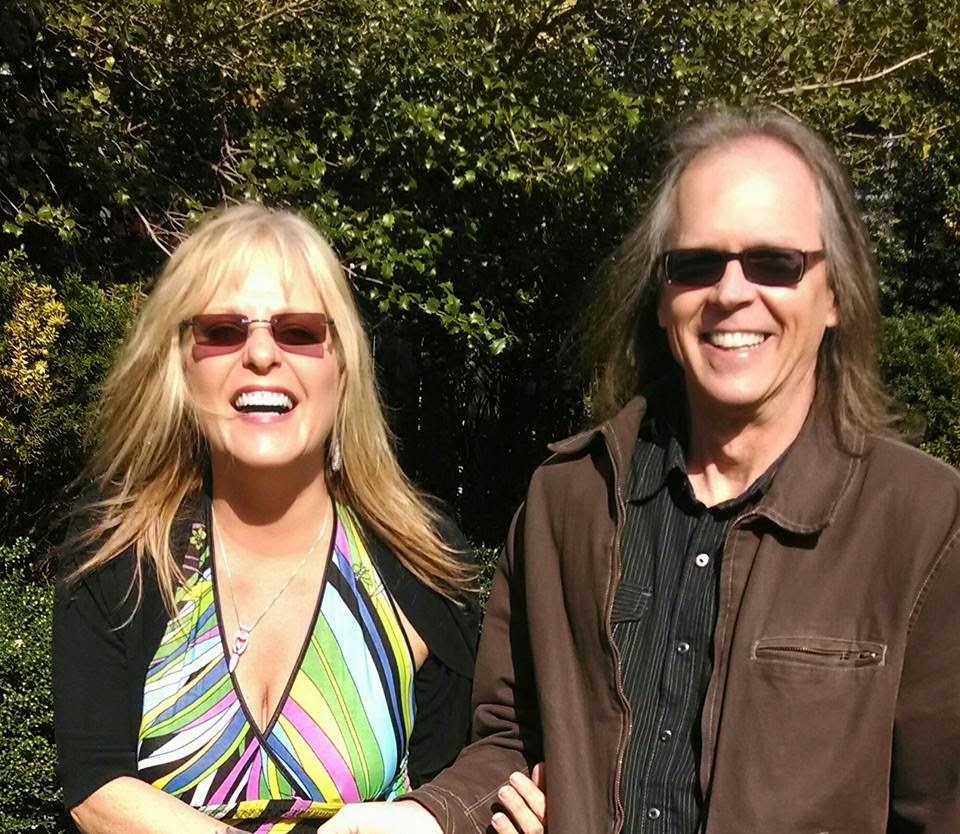7 Pieces of Job Advice Your College Isn't Giving You
It's no secret that the current job market for recent graduates
is — how can we put this lightly — not the best. The process of looking for a job is exhausting, and a lot of
guidance, particularly from the very universities we've graduated from, can be
summed up with the frustratingly simple recommendation to "join LinkedIn."
While setting up a LinkedIn account is, of course, a great start
to your job search and networking with professionals, there are plenty of other
simple tips that can give you a leg up on the competition.
Follow these seven tips to help you nail down that full-time
position.
1. Reach out to people you admire.
Think of those people whom you look up to in your field. Now
search for their contact info and send them an email. If you can't find their
email addresses, tweet at them. Send them your work, ask them for advice and
even tell them why you admire them — you'll be surprised by how many people
will respond positively. Starting a dialogue could lead to a potential
mentorship and could even be a great resource for your job search.
Equally important is returning emails to any and all potential
employers. Just acknowledging someone's email can go a long way in establishing
his or her impression of you. Especially for college grads applying for jobs,
even if you get rejected or turned down, it's appropriate to reply and thank
your contact for his or her consideration.
If you aren't the right fit for the current position, this
tactic can encourage companies to keep you in mind for future openings.
2. Consider cleaning up your social footprint.
As you look for a job, you'll probably want to make your social
accounts a little more professional across the board. While you obviously
shouldn't erase your entire personality from your online presence, make your
best judgment when considering which tweets to delete, which profile pictures
to change and which privacy settings are best for you.
There are plenty of services that can help you through your
cleanse with minimal grunt work, such as FireMe! for Twitter.
3. Network in person.
LinkedIn, as useful as it is, doesn't hold a monopoly over
online job networking. Using a site like Meetup.com to RSVP to in-person networking and social
events is a great way to meet potential employers. You can also find volunteer
work through the site, which, aside from being a great addition to your resume,
can help you meet new people.
Expect awkward interactions, long nights and lots of business
cards. They're all part of the game.
4. Utilize social media as much as you can.
Aside from the obvious Linkedin, you can use plenty of your
social accounts for job hunting (which makes point two on this list all the
more important). Your profiles are typically some of the top results when
someone Googles your name, and using them to appear more hirable won't take up
too much of your time.
Consider adding your resume to your Twitter bio in the form of a
public, view-only Google doc, or following job-posting blogs in your field.
Search around for your school's alumni groups on social media and, more
importantly, reach out to them.
5. Build something yourself.
While this will be obvious to many people in creative fields,
having an online website and portfolio is a must-have for all industries these
days.
Whether it's a simple online resume, a YouTube channel or a
mobile game, building something yourself is a huge plus in the experience
category. It proves you're passionate about your field and that you haven't
been sitting around, waiting for an opportunity to come to you.
At the very least, having a personal website is tangible
evidence that you have computer skills and are a serious candidate. And unless
you have an unfortunately common name or share one with a celebrity, a personal
domain name will help you rise to the top of search engines.
6. Set up a professional email.
Now that you're out of college, you should create a more
professional email address. Whether that's simply a Gmail account of your full
name or a custom address through a personal website, dropping the
".edu" from your address can make you look like more of an adult to
employers.
7. Take advantage of calendars.
Set yourself a calendar reminder every few months to reconnect
with former bosses and professors. This will keep you top-of-mind if any
opportunities arise, giving you a shot at nailing down a job through their
connections.
You can also use your calendar to designate certain days to
search for jobs without interruption. Online applications and general searching
can take a long time and be exhausting. Having an empty plate while you do it
can be extremely helpful.
See full article at: http://mashable.com/2014/05/28/graduation-job-search-advice/

